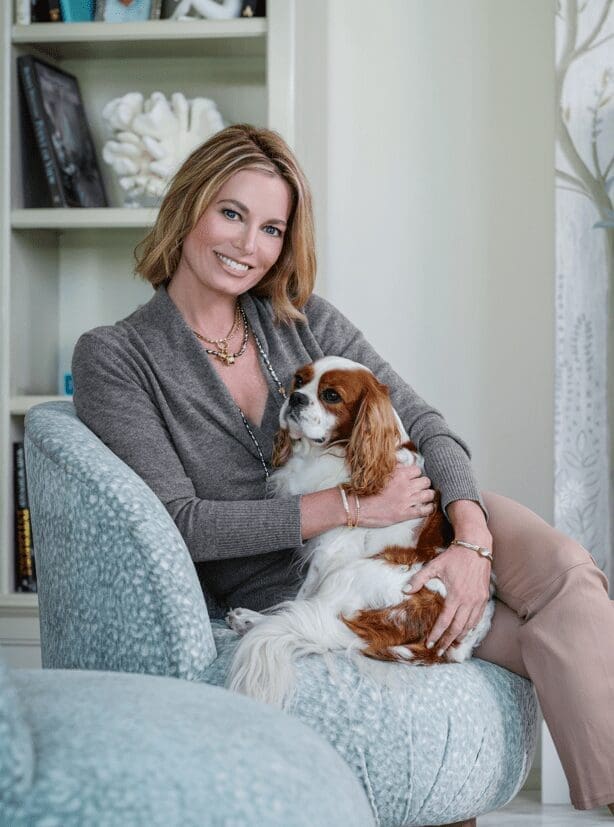Careers
Current job opportunities
At Pure Design of Naples, we seek exceptional individuals to join our team of dedicated professionals. We value teamwork and collaboration and believe that every team member contributes to our collective success. If you are passionate, driven, and motivated to make a difference, then you are precisely the person we seek! Check out our current job openings and see how your unique skills and talents can help take our team to the next level. Do not hesitate to apply today – we cannot wait to hear from you and see how you can help us achieve our goals!
Associate Interior Designer
We are seeking a talented and creative Associate Interior Designer to join our luxury residential interior design firm. As an Associate Interior Designer, you will work closely with senior designers and architects to bring clients’ visions to life, creating luxurious and functional spaces. You will be responsible for contributing to the design process, managing projects, and ensuring client satisfaction.
Primary Responsibilities:
1. Design Development: Collaborate with senior designers and architects to develop design concepts that meet client requirements and align with the firm’s aesthetic and brand. Take part in creating space plans, selecting materials and finishes, and producing detailed design drawings and 3D visualizations.
2. Presentation and Communication: Assist in preparing and delivering client presentations, using software tools such as CAD, SketchUp, and Adobe Creative Suite to showcase design concepts effectively. Clearly communicate design ideas, provide rationale for selections, and incorporate client feedback to refine designs.
3. Project Management: Support project management efforts by maintaining project schedules, tracking progress, and coordinating with contractors, vendors, and suppliers. Ensure that design projects are executed within budget, meet deadlines, and adhere to high-quality standards.
4. Client Collaboration: Establish and maintain strong relationships with clients, conducting client meetings and site visits to understand their needs, preferences, and project goals. Collaborate with clients to ensure their satisfaction throughout the design process, addressing any concerns or requests promptly and effectively.
5. Research and Sourcing: Stay up-to-date with industry trends, products, and materials relevant to luxury residential interior design. Research and source innovative and high-quality products and furnishings that align with clients’ aesthetic preferences and budget requirements.
6. Documentation and Administration: Prepare and maintain accurate project documentation, including design presentations, project schedules, and budget reports. Assist with procurement, ensuring timely and accurate ordering of materials, furnishings, and accessories.
7. Professional Development: Continuously seek opportunities for professional growth and development by attending industry events, workshops, and seminars. Stay informed about advancements in design technology, sustainability practices, and industry standards.
Requirements:
- Bachelor’s degree in Interior Design or a related field. Certification in Interior Design is a plus.
- 2+ years of experience working in a luxury residential interior design firm or similar setting.
- Proficient in industry-standard design software, including AutoCAD, SketchUp, and Adobe Creative Suite.
- Strong design skills and a keen eye for aesthetics, color, and spatial arrangement.
- Excellent verbal and written communication skills, with the ability to effectively present ideas and concepts to clients and team members.
- Detail-oriented and organized, with the ability to manage multiple projects simultaneously.
- Knowledge of building codes, materials, and construction processes related to residential interior design.
- Familiarity with sustainable design practices and a commitment to incorporating them into projects.
- Positive attitude, collaborative mindset, and ability to work well within a team environment.
- Strong time management skills and ability to meet deadlines.
- Strong knowledge of luxury design trends, products, and materials.
This job description outlines the primary responsibilities and requirements for the Associate Interior Designer position in a luxury residential interior design firm. However, it is not exhaustive, and additional duties may be assigned as needed.
Senior Business Manager
We are seeking a highly skilled and experienced Senior Business Manager to join our luxury residential interior design firm. As a Senior Business Manager, you will be responsible for overseeing and managing the day-to-day operations of the company, developing and implementing strategies to drive growth and profitability, and ensuring the highest level of client satisfaction.
Primary Responsibilities:
1. Business Development: Identify new business opportunities, build and maintain relationships with potential clients, and expand the firm’s network. Collaborate with the design team to develop marketing strategies and materials to attract potential clients, and attend industry events and trade shows to promote the firm’s services.
2. Financial Management: Develop and manage the company’s budget, monitor revenue and expenses, and evaluate financial performance. Provide financial guidance to the design team by analyzing project costs, profitability, and resource allocation. Prepare financial reports and forecasts for the executive team and stakeholders.
3. Project Management: Oversee the successful execution of projects, from initial client meetings to final installation. Coordinate and communicate with clients, architects, contractors, and vendors to ensure projects are delivered on time, within budget, and meet quality standards. Conduct regular site visits to monitor progress and address any issues that may arise.
4. Team Management:
Lead and manage a team of designers, project managers, and administrative staff. Provide guidance, mentorship, and support to team members, encouraging professional growth and development. Conduct performance evaluations, set goals, and provide feedback to ensure high-quality work and client satisfaction.
5. Client Relations: Serve as the primary point of contact for high-profile and demanding clients. Build and cultivate strong relationships with clients, understanding their needs, preferences, and objectives. Anticipate and address any concerns or issues, ensuring a seamless and exceptional client experience throughout the design process.
6. Strategic Planning: Develop and implement business strategies and initiatives to drive growth and profitability for the firm. Analyze market trends, conduct competitive research, and identify areas of opportunity. Collaborate with the executive team on long-term planning, setting goals, and establishing benchmarks for success.
7. Vendor and Supplier Management: Source and evaluate vendors, contractors, and suppliers to ensure quality, reliability, and competitive pricing. Negotiate contracts, manage relationships, and monitor performance to ensure timely delivery and adherence to design specifications.
8. Compliance and Legal: Stay abreast of industry regulations, codes, and legal requirements. Ensure the firm complies with all local, state, and federal laws. Review and negotiate contracts, licenses, and permits, and work with legal advisors when necessary.
Requirements
- Bachelor’s degree in Business, Interior Design, or a related field. Advanced degree preferred.
- Proven track record in a senior management role within a luxury residential interior design firm.
- Strong business acumen with a deep understanding of financial management, budgeting, and profitability analysis.
- Excellent leadership and team management skills, with the ability to motivate and inspire a diverse team of professionals.
- Exceptional client relationship management skills, focusing on providing exceptional service and exceeding client expectations.
- Excellent written and verbal communication skills, with the ability to present complex information clearly and concisely.
- Highly organized, detail-oriented, and able to manage multiple projects simultaneously.
- Proficient in industry-specific software and tools, such as project management software, CAD, and Adobe Creative Suite.
- Knowledge of the luxury residential interior design industry, including current trends, materials, and suppliers.
- Strong problem-solving and decision-making skills, with the ability to think critically and find creative solutions.
This job description outlines the responsibilities and requirements for the Senior Business Manager position in a luxury residential interior design firm. However, it is not exhaustive, and additional duties may be assigned as needed.





